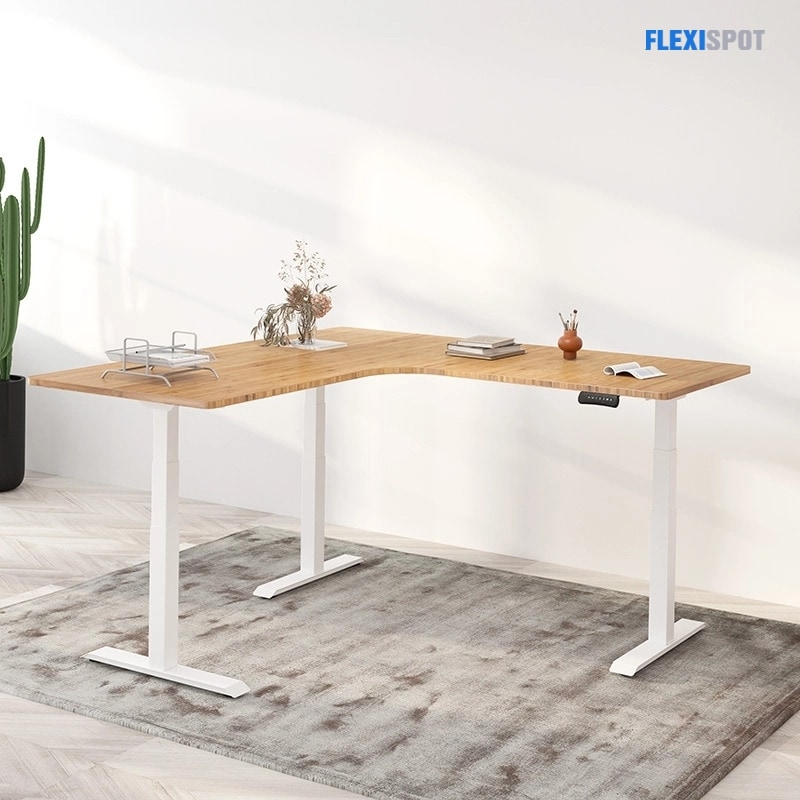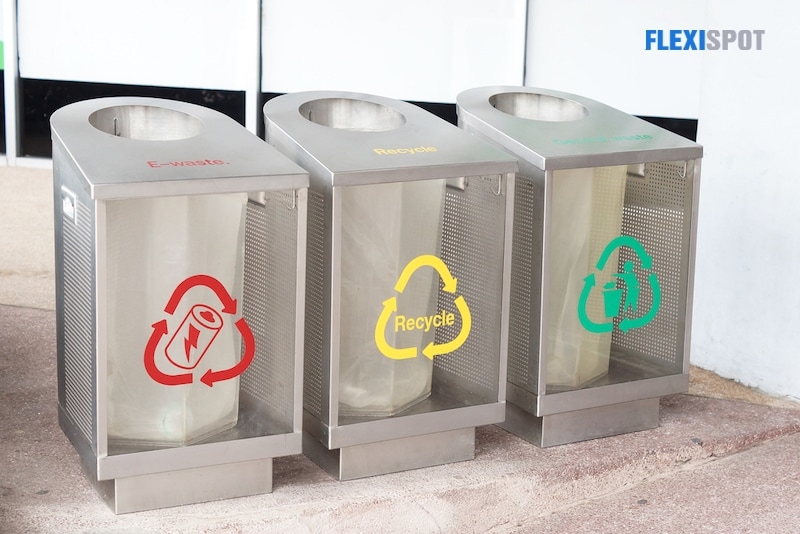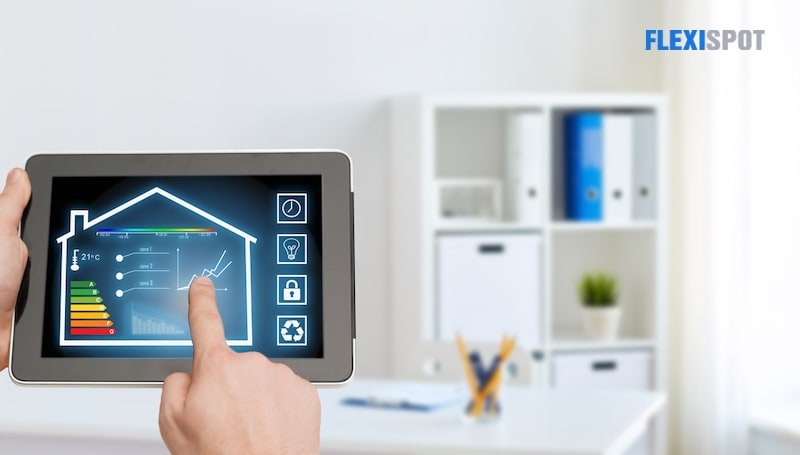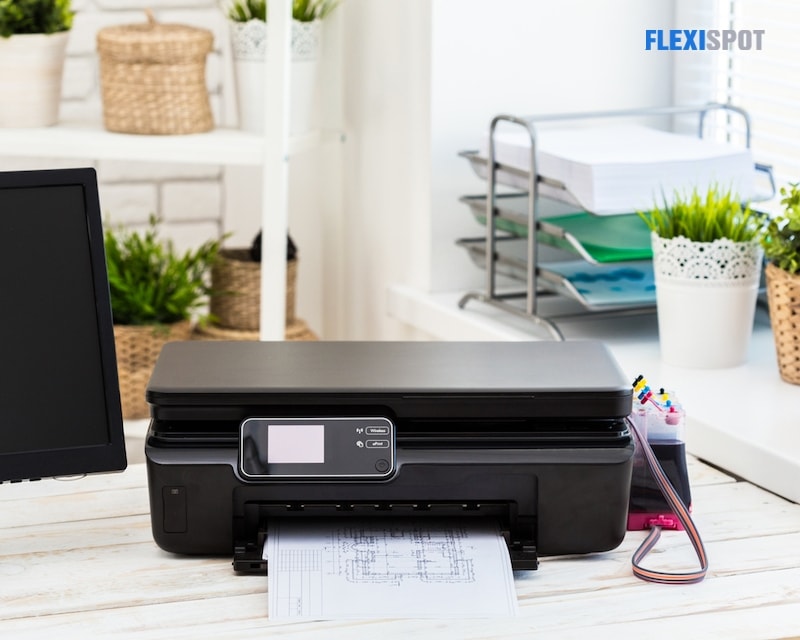You are already minimizing your carbon footprint by working from home and not commuting regularly. This is a fantastic way of helping the environment on its own. However, there are many ways to arrange an eco-friendly home office that will make your workstation more sustainable as well. There is also a misconception that to achieve those goals, you must become minimalist. It is possible to strike the right balance between style, practicality, and environmental concerns.
Working from home has made every day feel like a weekend in terms of energy use, with a pattern forming in homes that mimic a weekend electricity consumption profile seven days a week. With all that in mind, you might just be contemplating how you can work at home while being more ecologically conscientious. If you have a home office, you likely spend far more time there than in any other area. The number of hours spent at your home office, whether it's 8, 10, or 12 hours per day, implies you should be thinking about how you can make it clean and green. Keep reading for basic suggestions on how to build a sustainable and green working environment at home.
Plan Your Eco-Friendly Workspace
Focus first on the more prominent elements crucial to your work every day when designing your ideal eco-friendly workspace. Your desk and chair should be of the highest quality in shape and function and be created sustainably. That could mean they're upcycled or repurposed, made of natural materials, or built by a company dedicated to environmentally friendly production, like FlexiSpot. They find more sustainable materials for their desktops after realizing that the rising production of wood-based furniture depletes natural forest resources and negatively influences the environment. FlexiSpot is now working on bamboo standing desks made entirely of natural bamboo, which grows faster and is more environmentally friendly. Below are their best and sustainable creations:
- AlcoveRiser Bamboo Standing Desk Converters
- Kana Bamboo Standing Desk
- Comhar All-in-One Standing Desk Bamboo Texture Top
- Kana Bamboo Curved Office Standing Desk
- Kana Pro Bamboo Standing Desk
- L-Shaped Standing Desk E4L
The ways you arrange and keep your things will assist you in making the most of the available space. Look for shelving and storage alternatives that are constructed of sustainable or sturdy materials that may be reused multiple times. You'll have a plan to work with once you've configured the arrangement of your workspace's essential elements. Then you may think about the smaller office equipment you'll need and how you might decorate the space to make it feel more welcoming.
Make Energy-Saving Habits a Priority
Your everyday routines have a direct impact on how much energy your workspace consumes. You may reduce your usage in several ways by modifying some of your workflows and establishing energy-saving behaviors. When not in use, switch off your computer speakers and printer, and at the end of the day, power off your computer and all connected devices (same on weekends). These are small actions that add up to significant savings over a month or year.
Recycle E-Waste Well
We dispose of our electronics by just tossing them in the trash. However, this can be exceedingly damaging to the ecosystem. Because these items may end up in landfills and contain harmful compounds such as lead, mercury, chromium, and beryllium, they should be avoided. These chemicals have the potential to leach into water and soil systems, causing considerable environmental damage. If you're thinking about tossing them out, check up on a nearby e-waste recycling standard. If you're not aware, e-waste recycling is a well-developed initiative. That's because there were questions about how wealthy countries' e-waste was being dumped in poor nations. E-waste recycling standards will collect discarded gadgets, deconstruct them, and recycle the materials more environmentally friendly and ethical.
Use Non-Toxic Cleaning Products
Many standard cleaning solutions may include hazardous compounds that are harmful to both our bodies and the environment. Request that your professional home cleaner uses natural or environmentally friendly cleaning products. You can also make your own cleaners and request that they use them instead.
Use a Room with Loads of Natural Light
LED bulbs are always preferable over incandescent lighting in rooms without windows. If at all feasible, though, use a room with lots of windows. The more natural light you can use, the less electricity you'll need to use. Natural light has a significant effect on productivity, which is an obvious benefit.
Choose Sustainable Materials
It's essential to consider the resources you're working with. Make sure you choose natural things. The good news is that there are numerous environmentally friendly alternatives available. Bamboo, cork, and recycled wood are examples of this type of material. Make sure that all of these resources are purchased locally. You can also check for some stunning pre-owned pieces when browsing for furniture and storage solutions. While a brand-new ergonomic chair is inescapable, a used desk or filing cabinet will suffice.
Use Energy-Efficient Options
Look for the most power-efficient equipment and devices based on what you do and what you utilize. You should also ensure that all equipment you purchase has energy-saving settings that can be used to save money on energy when needed. You must always take the initiative and unplug anything you aren't going to use daily because they can still suck power even when they aren't being used.
Decorate with Plants
Plants cool through a process known as transpiration, which reduces the air temperature in rooms by 10 degrees. According to a study, plant transpiration in an office setting emits moisture, resulting in a humidity level that is exactly 30-60% of the optimal human tolerable range. You can also include humidity-controlling equipment.
Ask Yourself Again if You Have to Print
Minimize your printing to only the most important papers, and print on both sides to save paper. If you need to print something, you can use recycled paper. It's also crucial to pick the right printer, ink, and toner. Look for environmentally responsible alternatives, such as refillable printer cartridges. For workplace communication, filing records, and invoicing, you can also use various online digital solutions.
Reduce, Reuse, Recycle
The three Rs, reduce, reuse, and recycle, are probably familiar to you. You may build your workspace by repurposing your existing furniture and other furnishings. This applies to other supplies as well. Items that may be reused, such as envelopes, pens, and paper, should not be discarded. Before you chuck them out, try to get as much use out of them as you can. It will save you money and waste fewer materials as a result of this.
Taking this initiative has the added benefit of allowing you to share your knowledge with others. It will have a ripple effect if you assist other home-based businesses or employees in creating a more eco-friendly workstation.




